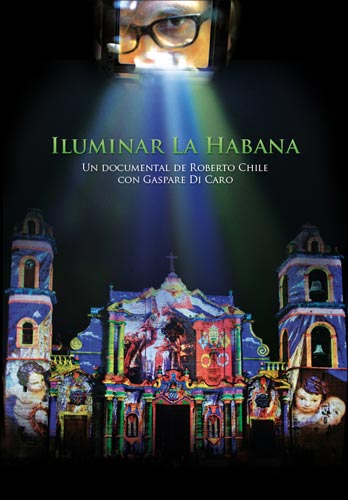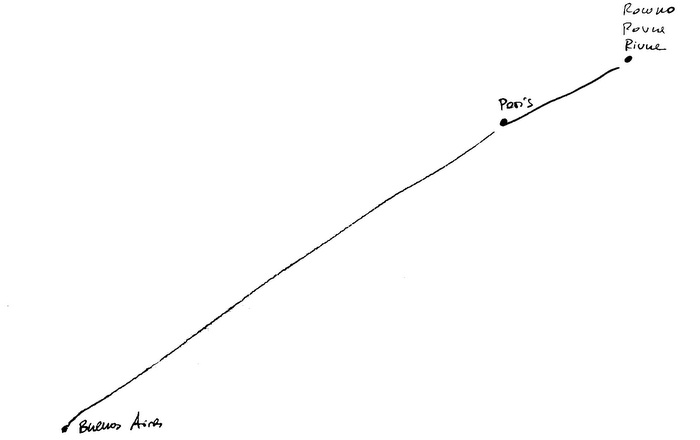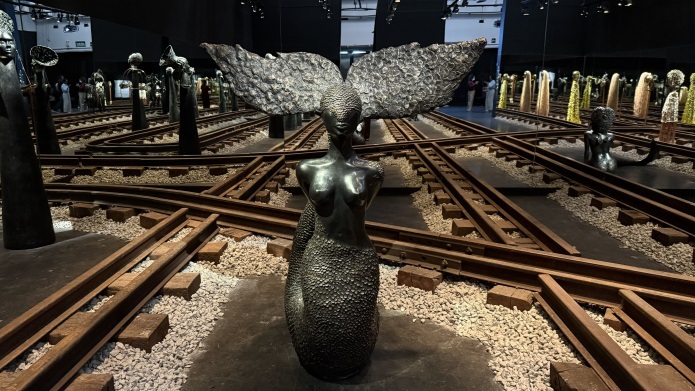
One of the Cuban capital’s most ancient icons, Havana Cathedral, stands as the core of tributes and reinterpretations.
Foreign and national creators revisit its walls, from lights or chambers, sometimes, just like in this case, connected by the magic of an event.
Iluminar La Habana (Illuminating Havana), an audiovisual that was recently displayed by the acclaimed Cuban producer Roberto Chile, documents an impressive illuminated graphic show named Arte Luz (Light Art), created by Italian-French artist Gaspare di Caro, who gave color and lucidity to the celebrations during the visit of Pope Benedict 16th, in late March 2012. On the material, Chile deconstructs the creative process of Di Caro, his connection with the island nation; the author goes beyond formal narration, highlighting affections and impressions.
Nyliam Vazquez Garcia has commented on Iluminar La Habana: “The photograms discover the ways to do, the projectors, and the light that reaches everything and filled the Cathedral in those days. Di Caro himself, also illuminated by his own figures, speaks (…) about his first visit to Cuba during the 1990s, about his need to paint with light, to project his painting on that church, because he discovered in front of its façade that he wasn’t lost in Havana (…) Master Roberto Chile lets him speak, and at the same time displays the atmosphere of the beloved city, sheds light on the music emerging from its heart, which can’t be different from the sound of saws, hammers, men working with cement and sand, men building (…)”
The audiovisual includes the special perform of Sadaise Arencibia, prima ballerina of Cuba’s National Ballet.It has been produced by Alas con Puntas and Bleu Up, with the support of the Technologic Park of ITAIPU – Brazil and the Organization of Latin American States for Education, Science and Culture and the collaboration of the City Historian’s Office, the Archbishopric of Havana, Felix Varela Cultural Center, the Cathedral of Havana, the Colonial Museum of Havana, Habana Radio and the Association of Culture and International Cooperation.














